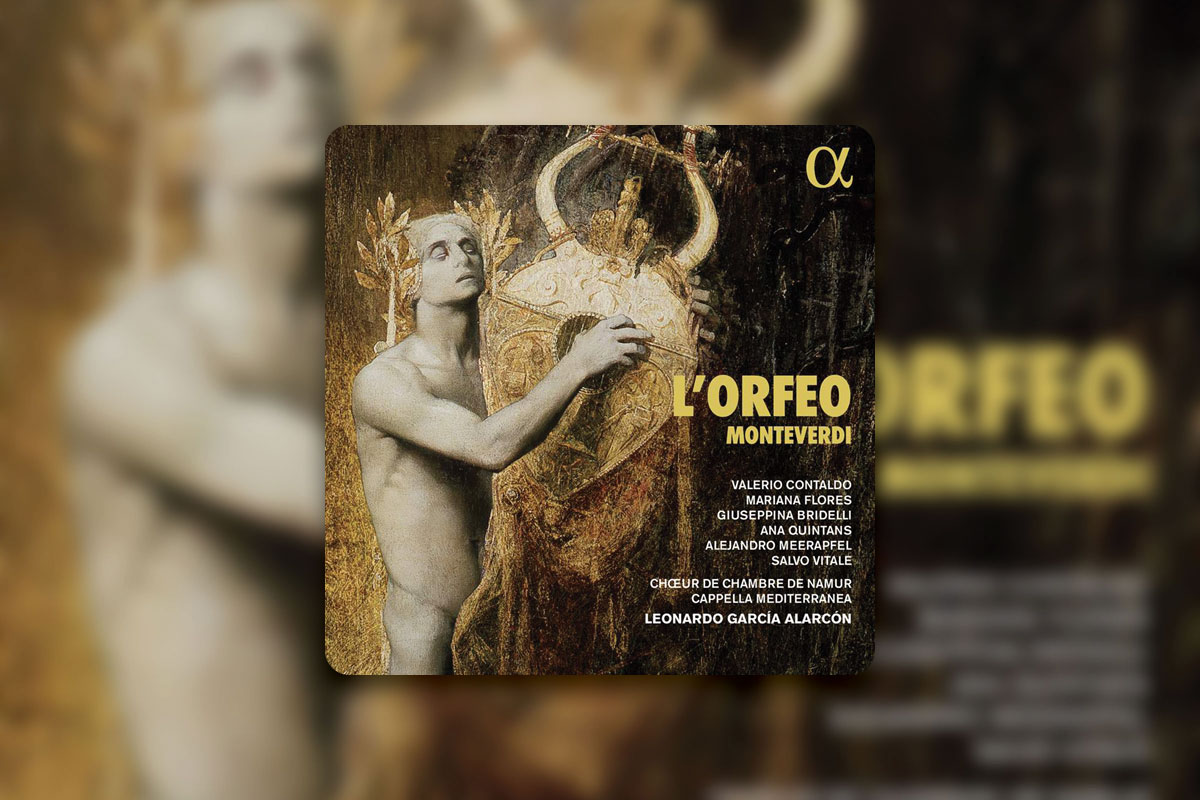Monteverdi’s innovative opera – or favola in musica – was first performed in at the Palazzo Ducale in Mantua in 1607. It was an immediate success, and has exercised, in one form or another, the ingenuity of composers, musicologists and performers ever since. As Jérôme Lejeune amusingly asks in his booklet note to the present recording, “How interesting it would be if we could travel back in time to the months before the premiere of L’Orfeo… to meet and to interview Monteverdi himself!”

He goes on to list several questions, related to inspiration, composition and performance, which any good journalist would ask. Cappella Mediterranea and Leonardo García Alarcón don’t answer for Monteverdi. Indeed, they do what any good performer should: raise more questions than answers. Especially in relation to issues around transposition, instrumentation, tempo and embellishment. All of which are ultimately contingent on expressive intent.
L’Orfeo’s numerous monodic set-pieces allow ample opportunities for such expression, and Cappella Mediterranea seize on them with relish.
Set-pieces such as La Musica’s Prologue, La Messaggiera’s Ahi caso...










Comments
Log in to join the conversation.